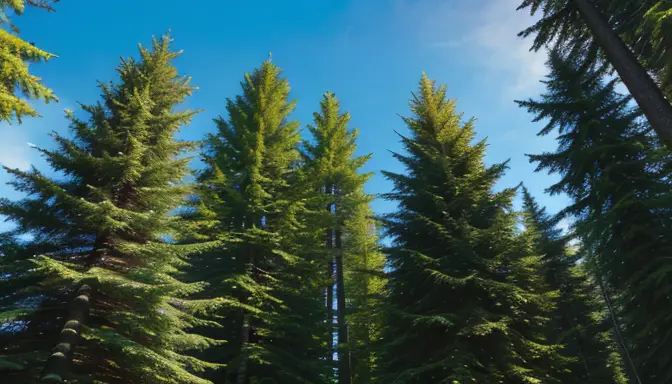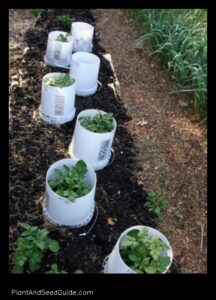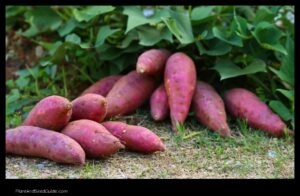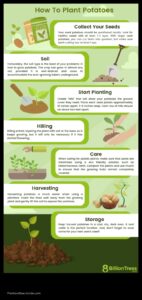White Spruce, also known as Picea glauca, boasts needle-like leaves and conical shape. Its grayish bark adds to its charm. This tree thrives in cold climates and can reach impressive heights. ️
White Spruce is like the introverted bookworm of the evergreen world, quietly standing tall in the frosty air, its needles whispering tales of snowy adventures to the wind. It’s a tree that embraces winter like a cozy blanket, thriving in the chilliest of environments. ❄️
Norway Spruce, scientifically named Picea abies, is recognized for its graceful drooping branches and dark green needles. It prefers warmer climates compared to White Spruce and can grow into a majestic tree.
Picture Norway Spruce as the elegant dancer at a summer ball, gracefully swaying in the warm breeze, its branches performing a mesmerizing dance under the sun’s spotlight. It’s a tree that exudes grandeur and charm, a true showstopper in the garden.
White Spruce tends to have a slower growth rate than Norway Spruce, making it ideal for smaller spaces or patio gardens. Norway Spruce, on the other hand, can quickly reach towering heights, suitable for large landscapes.
While White Spruce takes its time to grow, like a patient artist meticulously crafting a masterpiece, Norway Spruce shoots up like a teenager in a growth spurt, reaching for the sky in a race against time. Both trees have their own pace, suited for different stages of life in the garden.
While White Spruce is more cold-hardy and can withstand harsh winters, Norway Spruce is more tolerant of heat and humidity. Consider your local climate to determine which tree will thrive best in your area. ️
White Spruce is the winter warrior, battling through snowstorms with resilience, while Norway Spruce is the summer sun seeker, basking in the warmth with a content sigh. Each tree has its own climate comfort zone, ready to adapt and conquer the elements. ❄️☀️
White Spruce’s compact size and symmetrical shape make it a favorite for formal gardens. Norway Spruce’s graceful appearance and impressive height lend well to creating privacy screens or windbreaks in larger yards. ✨
Imagine White Spruce as the neat freak in the garden, always perfectly groomed and poised, while Norway Spruce is the gentle giant, offering shade and shelter with a touch of elegance. Both trees bring their unique flair to the landscape, creating a harmonious balance of beauty and function.
Both species prefer well-drained soil but can adapt to different soil types. White Spruce thrives in full sun, while Norway Spruce can tolerate partial shade but prefers full sunlight for optimal growth. ☀️
White Spruce is like the sun worshipper, soaking in every ray for energy and vitality, while Norway Spruce is the shade dweller, finding solace in the dappled light. Each tree has its own relationship with the sun, a dance of light and shadow that fuels their growth and resilience.
Regular pruning is essential to maintain the shape and health of both Spruce varieties. Mulching around the base helps retain moisture and protect roots. Keep an eye out for pest infestations that can harm these evergreens. ✂️
Pruning is like a spa day for the trees, a trim here, a snip there, keeping them in top shape for their garden debut. Mulching is the cozy blanket that tucks the roots in for a good night’s sleep, while vigilant pest control is the guardian against unwanted guests crashing the green party.
White Spruce is often used in landscaping for its ornamental value and wind resistance. Norway Spruce is popular for Christmas trees and wood production due to its rapid growth and straight trunk.
White Spruce is the garden artist, painting a masterpiece of greenery and resilience, while Norway Spruce is the seasonal star, bringing joy and warmth to homes during the festive season. Each tree plays its part in the horticultural symphony, adding depth and beauty to the landscape. ️
Consider your climate, landscape size, and aesthetic preferences when selecting between White Spruce and Norway Spruce. Both trees offer unique benefits, so choose the one that best suits your gardening needs and enjoy watching it thrive in your outdoor space.
In the battle of White Spruce vs Norway Spruce, there is no clear winner, only the perfect match for your garden waiting to be discovered. So plant with purpose, nurture with care, and let nature’s beauty unfold in your own green paradise. ✨
Distinctive Features of White Spruce
White Spruce, known scientifically as Picea glauca, is like the James Bond of evergreens – sleek, charming, and always ready for action. Its needle-like leaves are like tiny swords, ready to defend against the cold winds of winter. The conical shape of the White Spruce is nature’s way of saying, “I’m here to stand tall and proud.” And let’s not forget about its grayish bark, giving it a touch of elegance that even the fanciest of trees envy.
In the world of plants, White Spruce is the cool kid who thrives in cold climates without breaking a sweat.
If White Spruce had a motto, it would be “Chill in the cold, stand tall, and look fabulous doing it.” So, if you’re looking for a tree that’s both tough and stylish, White Spruce is your green knight in shining armor.It’s like the tree version of a superhero, reaching impressive heights with ease..
Norway Spruce: The Stately Giant
Norway Spruce, scientifically named Picea abies, stands tall and proud in the realm of evergreen trees. Its graceful drooping branches sway in the gentle breeze, casting a sense of grandeur in any landscape. The dark green needles of this majestic tree create a lush canopy that offers shade and shelter to various creatures. Despite its preference for warmer climates, the Norway Spruce can adapt and thrive in diverse environments, showcasing its resilience and versatility.
In the world of horticulture, the Norway Spruce is revered for more than just its aesthetic appeal.
Planting a Norway Spruce is like planting a piece of tradition and heritage in your garden, connecting you to centuries of botanical legacy. As you watch this stately giant grow and flourish, you become a witness to nature’s silent but profound artistry, painting the canvas of your outdoor space with shades of green and whispers of wisdom.Its deep-rooted history in forestry and landscaping makes it a symbol of strength and endurance..

Comparing Growth Rates
Let’s delve into the growth rates of these magnificent evergreens, shall we? White Spruce, with its leisurely growth pace, is like the tortoise in the race against the hare that is the Norway Spruce. Picture the White Spruce taking its time, sipping on a cup of photosynthesis tea while the Norway Spruce dashes ahead like a green rocket. This difference in growth speed makes White Spruce a gentle giant perfect for cozy corners, while Norway Spruce is the energizer bunny of the tree world, shooting up to the sky in no time. When you plant a White Spruce, it’s like making a long-term commitment to watch it grow steadily over the years, like a slow dance in the garden. On the other hand, if you choose a Norway Spruce, get ready for a speedy rollercoaster ride of vertical expansion that might just leave you feeling like a proud parent of a tree skyscraper. Each tree has its own pace, its own charm, and its own story to tell in the grand saga of your garden’s growth.
Environmental Adaptability
When it comes to the environmental adaptability of White Spruce and Norway Spruce, these evergreen giants showcase their unique strengths in different climates. White Spruce, with its cold-hardy nature, stands tall like a resilient snow warrior, braving the harshest of winters with a stoic demeanor. On the other hand, Norway Spruce, the elegant ambassador of the forest, gracefully dances in the breeze, showcasing its heat and humidity tolerance like a seasoned diplomat in the world of trees.
As you ponder on which tree to invite into your garden, consider the drama of the seasons in your local climate. Will it be a tale of frosty winters where White Spruce reigns supreme, or a saga of sultry summers where Norway Spruce finds its stride? The choice is yours, dear gardener, to paint a masterpiece of greenery in your outdoor canvas, blending the chill of winter with the warmth of summer in perfect harmony.
Landscaping and Aesthetic Appeal
White Spruce, also known as Picea glauca, showcases needle-like leaves that delicately sway in the breeze, resembling nature’s own green confetti.
The grayish bark adds a touch of elegance to its overall appearance, akin to a fine suit on a gentleman. This tree thrives in cold climates, braving the frosty winds with resilience, reaching for the sky like an ambitious dreamer.Its conical shape stands tall and proud, like a soldier guarding the garden..
Norway Spruce, scientifically named Picea abies, graces the landscape with its graceful drooping branches that dance with the wind, whispering secrets of the forest. The dark green needles shimmer under the sunlight, exuding a sense of mystery and allure. It prefers warmer climates compared to White Spruce, basking in the sun’s warm embrace, growing into a majestic tree that commands attention and admiration.
White Spruce, like a patient artist, paints its growth with meticulous detail, boasting a slower growth rate that allows it to flourish in smaller spaces or patio gardens with grace and poise.
On the other hand, Norway Spruce, with its ambitious spirit, shoots up towards the sky with a speed that rivals a rocket launch, perfect for large landscapes that crave a touch of grandeur..
While White Spruce stands strong in the face of icy winters, its branches adorned with snowflakes like jewels, Norway Spruce thrives in the warmth of summer, embracing the sun’s rays with open arms, a true sun-worshipper. Consider your local climate like a wise sage, guiding you to choose the tree that will flourish best in your garden sanctuary.
White Spruce’s compact size and symmetrical shape make it a favorite for formal gardens, standing tall and proud like a well-dressed gentleman at a royal ball.
Norway Spruce’s graceful appearance and impressive height create a sense of grandeur, perfect for creating privacy screens or windbreaks in larger yards, like a green fortress protecting your domain..
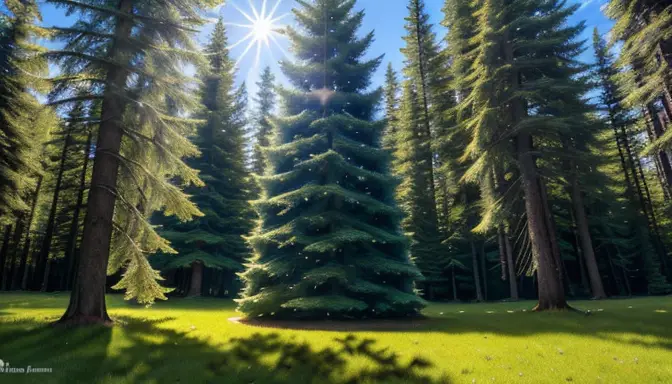
Soil and Sunlight Requirements
When it comes to the soil and sunlight preferences of White Spruce and Norway Spruce, we delve into the very essence of their botanical desires. Picture this: the roots of these majestic trees, delicately seeking the perfect balance of nutrients and light to flourish. Both species are like picky eaters at a buffet, with specific tastes that must be catered to for optimal growth.
White Spruce, with its needle-like leaves and conical shape, is a sun worshipper at heart.
On the other hand, Norway Spruce is a bit more laid back, able to handle partial shade but truly thriving in full sunlight. It’s like one tree is a sunbather while the other is a sun-chaser, each with its own unique charm and requirements.It thrives in full sun, soaking up every ray to reach its full potential..
In the world of evergreens, the soil is their foundation, quite literally. Both White Spruce and Norway Spruce prefer well-drained soil, ensuring their roots stay cozy but not waterlogged. It’s like giving them a comfy bed to settle into, allowing them to spread their roots and establish a strong foundation. So, when planting these beauties, remember to cater to their soil and sunlight needs, and watch them grow into the green giants they are destined to be.
Pruning and Maintenance Tips
When it comes to the care of White Spruce and Norway Spruce, pruning plays a crucial role in maintaining their graceful appearance and overall health.
Remember, a well-pruned tree is a happy tree!Picture yourself as a tree whisperer, delicately shaping these evergreens to enhance their natural beauty..
Now, let’s talk about mulching – the unsung hero of tree care. Mulching around the base of your Spruce trees not only helps in retaining moisture, but also acts as a cozy blanket to protect roots from harsh weather conditions. It’s like giving your trees a warm hug during the chilly winter months. Don’t you wish you could snuggle up in a mulch blanket too?
Uses in Horticulture
When it comes to the uses in horticulture, both White Spruce and Norway Spruce offer a plethora of benefits that cater to various gardening needs. White Spruce, with its ornamental value and wind resistance, is like the reliable friend who always has your back in the garden. On the other hand, Norway Spruce, known for being popular for Christmas trees and wood production, is the tree equivalent of a multitasking superhero, juggling multiple roles effortlessly. These spruces bring not just greenery but a touch of elegance and functionality to any landscape.
In the world of horticulture, choosing between White Spruce and Norway Spruce is akin to selecting the perfect tool for a specific task.
Whether you’re aiming for a picturesque garden setting or planning ahead for the festive season, these spruces have got you covered like a dependable gardener with a green thumb. Choose wisely, and let the beauty of nature flourish in your own backyard!White Spruce, with its versatility in landscaping, can transform a dull garden into a vibrant oasis, while Norway Spruce’s rapid growth and straight trunk make it a top choice for those seeking a sustainable source of wood..
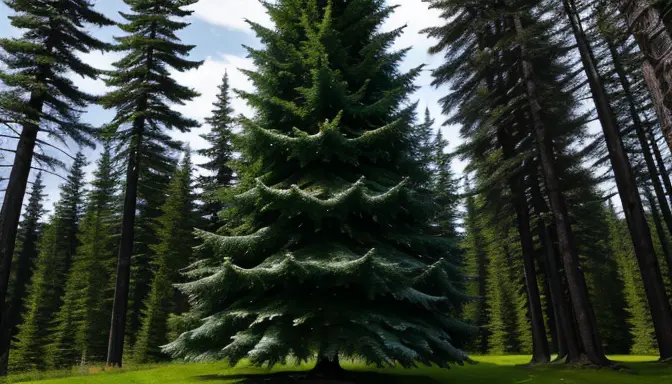
Final Verdict: Choosing the Right Spruce
As we delve into the realm of evergreen trees, the decision between White Spruce and Norway Spruce emerges like a captivating botanical puzzle. Each with its own allure and benefits, these majestic specimens beckon gardeners to ponder over their unique attributes and environmental adaptability. Picture yourself strolling through a garden, contemplating the needle-like leaves of the White Spruce and the graceful drooping branches of the Norway Spruce. It’s a decision not to be taken lightly, for your choice will shape the landscape of your outdoor sanctuary.
Consider your climate, where the cool winds whisper tales of White Spruce thriving in their icy embrace, while the warm sun rays dance around the Norway Spruce, encouraging its growth.
And let’s not forget your aesthetic preferences, whether you prefer the symmetrical elegance of the White Spruce or the majestic allure of the Norway Spruce. Choose wisely, dear gardener, for your decision will echo through the seasons, painting your garden with the colors of nature’s grandeur.Think about your landscape size, envisioning the White Spruce standing tall in a cozy corner, while the Norway Spruce spreads its branches wide in a grand gesture..
Frequently Asked Questions
- Can White Spruce and Norway Spruce tolerate different climates?
Yes, White Spruce is more cold-hardy, while Norway Spruce is better suited for warmer climates. Consider your local weather conditions when choosing between the two.
- Do White Spruce and Norway Spruce require specific soil types?
Both species prefer well-drained soil but can adapt to various soil types. Ensure proper drainage for healthy growth.
- How often should White Spruce and Norway Spruce be pruned?
Regular pruning is essential to maintain the shape and health of these evergreens. Aim to prune them annually for optimal growth.
- Wild Rose Country: Exploring Untamed Beauty - July 15, 2024
- Wildflower Nursery Decor: Bringing Nature Indoors - July 15, 2024
- Young Sprout of Grass: Nurturing New Life - July 15, 2024
